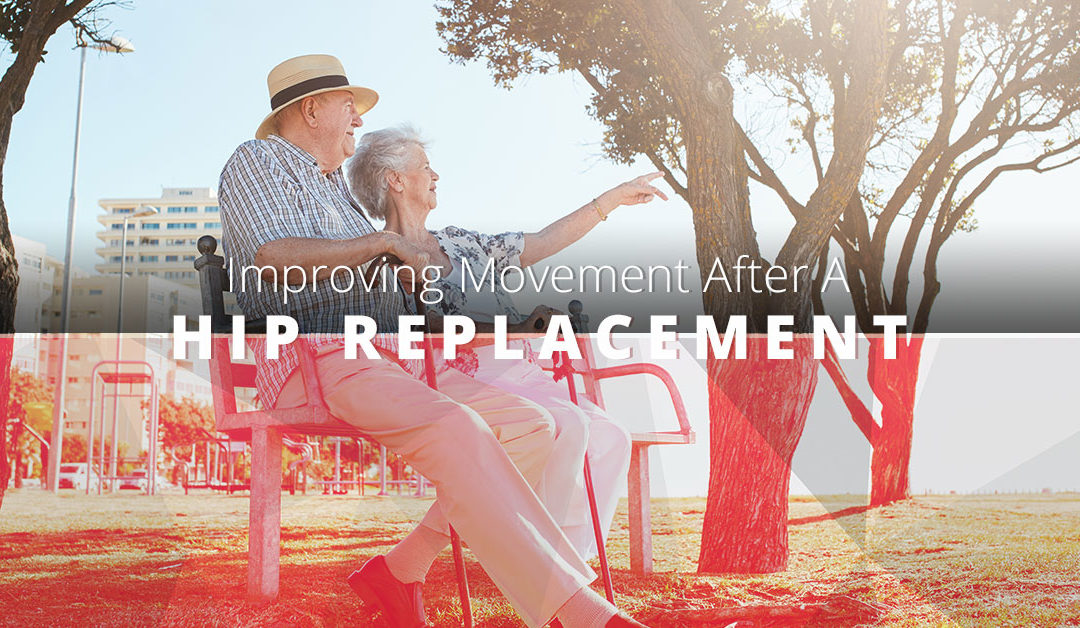One of the worst injuries that you can wind up with is a busted hip. While a hip replacement can make you feel as good as new, there is still an adjustment period that comes to getting your range of motion back. The American Congress of Rehabilitation Medicine focuses heavily on the opportunities available to get all patients back to a healthy place. Today’s blog is going to focus heavily on the things that you can do to gain that range of motion back after a hip replacement, let’s get started.
Stretch Often
It is essential that we start with stretching because it is without a doubt one of the most important things that needs to happen. From the way that you’re sitting at the dinner table to the little movements that you make throughout the day, the way that you hold your body will have an effect on your recently replaced hip — which is precisely why stretching is a crucial part of the healing process.
Kneel on the Side That Had Surgery
A primary concern that you need to be cognizant of is how tight the muscles surrounding your recently replaced hip are. As we mentioned in the last point, stretching is going to be very important to the recovery process. Your hip flexor muscles can get extremely tight without having to do too much physical activity at all. We suggest kneeling on the corresponding knee of the hip that you had replaced, at least every couple of hours.
As silly as this may sound when you kneel you are stretching out the muscles tied to your hips, which will allow for a healthy recovery and keep all these working parts moving. It is a pretty immediate sense of relief when you do this little stretch.
Give Swimming a Try
Aside from stretching, physical activity is the best way to get your new hip accustomed to movement, so it is vital that you do quite a bit of it. Though that may be the case, you do not want to strain your new hip too much, so being cautious of the activities that you choose is a must.
Swimming is a fantastic option to try out. This form of exercise is not only gentle on your joints, but it incorporates all of the challenges that you need after having your hip replaced. From strength gain to endurance, you will get it all in this workout while still being very cautious of your joints and how hard you’re working them. This type of physical activity shouldn’t take place until at least 4 to 6 weeks into the healing process, and remember to take your time during these workouts so as not to strain your body.
Ice When Needed
The weeks following your hip replacement surgery are going to be tough. Your body is healing from a major surgery while also getting accustomed to a new and improved body part. A fantastic way to give your muscles the care that they need after stretching them out and pushing them to the max is by icing them.
Heating and icing methods, when used together, can provide an incredible relief of pain — and your hip replacement will be no different. Ice your hip and the surrounding muscles often to provide them with some relief from all the work that they are doing.
Know Your Body
The few tips that we have listed in this blog post are all great ways to work your body and gain your range of motion back, but each situation is going to differ. While these tips should prove to be helpful for each scenario, understand that your body might not work at the same rate as others. Being in tune with when you’re pushing your body too hard is something that will ensure that you’re not going to do any additional damage.
If at any point you’re feeling extreme discomfort or the workouts that you’re doing don’t feel right, call your doctor. It’s better to call and make sure that everything is okay than wind up with an injury that leaves you worse off.
ACRM wants to be a resource for individuals recovering. Make sure to check out the rest of our blog space for additional information on how you can make the recovery of your hip replacement, a smooth one.









